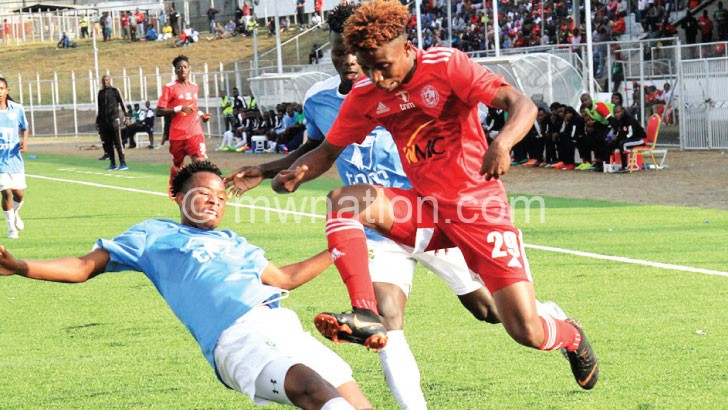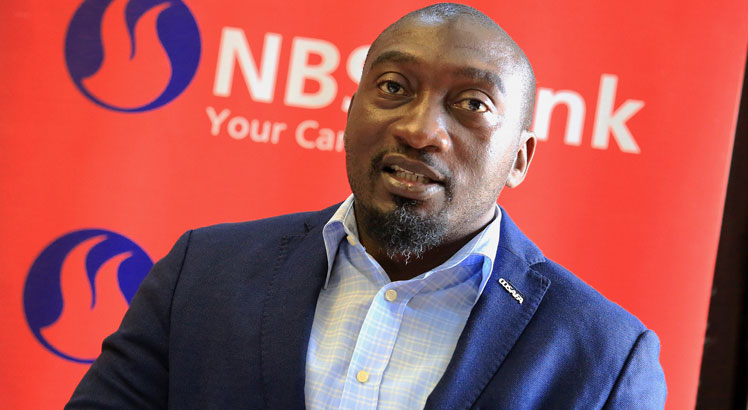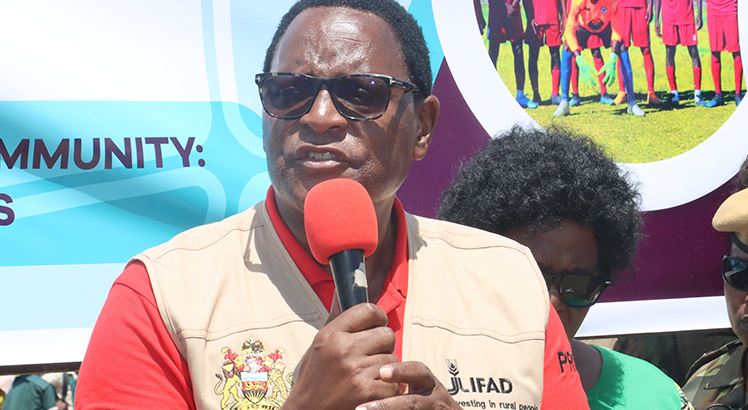Malawian clubs get lowest subvention
TNM Super League teams are paid by far the lowest annual subventions in southern Africa region.
The subventions are a package given to the top flight clubs as starter packs to manage their affairs in a season.

While each Malawian club gets K1 million, in South Africa they get K1.2 billion.
In Tanzania clubs pocket around K450 million while in Zambia they receive nearly K40 million, Nation on Sunday has established.
A report on club finances in the Zambian online publication Observer confirms: “Each club in the Zambia Super League receives $20 000 (around K15 million) from sponsors of the league MTN and $30 000 (K22 million) from Supersport who broadcast the league.”
Tanzanian online publication The Citizen reports that the sponsorship deal which the top flight division has secured about $11 million has seen each of the 16 clubs pocketing $579 000 (K440 million) as annual subvention.
South Africa Premier Soccer League, (PSL) on its part, gives each club R24 million (about K1.2 billion) annually, making it one of the biggest sponsorships on the continent.
Lower division teams in the rainbow nation are far much better than Malawi’s top-flight league as they pocket around K300 million each per season.
The PSL confirmed last year, as quoted by www.kickoff.com that monthly grants to “stand to increase as of next season from the current figure of R2 million (K100 million) and R500 000 (K25 million) monthly for the premiership and the championship respectively.”
Currently, the Super League of Malawi (Sulom) is seeking a television station to acquire the broadcasting rights.
Only local companies tendered their bids offering what observers feel is not enough to transform the financial status of the top flight league.
Three media houses bid for the rights with Times Group the highest bidder at K191 million per season while Malawi Broadcasting Corporation (MBC) submitted a proposal of K64 million for 80 matches, translating into K800, 000 per game and Zodiak Broadcasting Station (ZBS) submitted an K18 million proposal.
If one is picked, teams will, on average, pocket K6 million per season from the rights deal, an amount that still falls far off what other clubs in southern Africa get.
Football expert Felix Ngamanya Sapao said the challenge facing Malawi is the televisions broadcast free to air which disables their ability to generate significant revenue from games.
“Zambia and Tanzania have pay television stations benefiting from having huge subscribers. Lusaka alone has more than 500,000 Multichoice subscribers.
“Azam has more than 1.5 million subscribers paying $10 (K7 500) a month subscription. We cannot reach those numbers. Multichoice has less than 50 000 subscribers in Malawi. Free to air TV is not ideal for football TV rights business,” he said.
Be Forward Wanderers general secretary Victor Maunde said the gap with other countries shows that the Super League is poorly sponsored.
He said this is the reason they are planning to task Sulom at next weekend’s annual general meeting, to push for sponsorship increase.
TNM bankrolls the league at K90 million per year with the winning team earning K15 million and the runners-up half of that.
Karonga United general secretary Ramzy Simwaka said it was disappointing that Super League clubs are given peanuts.
But he doubted Malawi will, any time soon, rise to the levels other countries in the region.
“I have doubt if at all Malawi will reach up to that.
“We are running our affairs poorly here. We are not serious with our football administration,” he said.
Sulom president Tiya Somba-Banda said the country’s fragile economy plays a role on the poor subvention.
“Ours [subvention] is really on the lower side but we also need to put the overall economy of the country into play,” he said.
Somba-Banda, however, said the league runners are exploring other avenues to ensure clubs get more funds.
He said: “Once the plans we have in place have materialised, we should see a substantial increase in the subventions. Not just from sponsorship, but our own income generating activities.”





